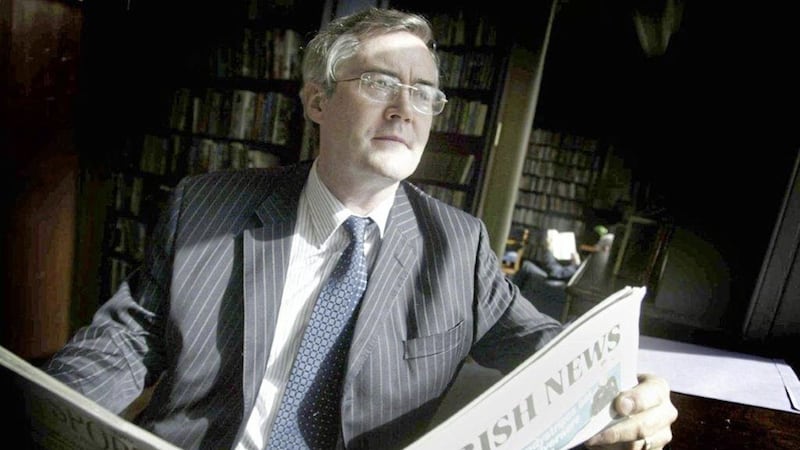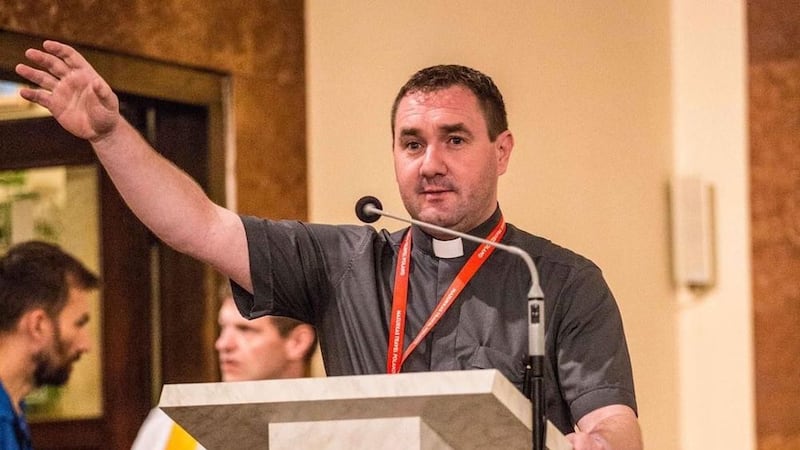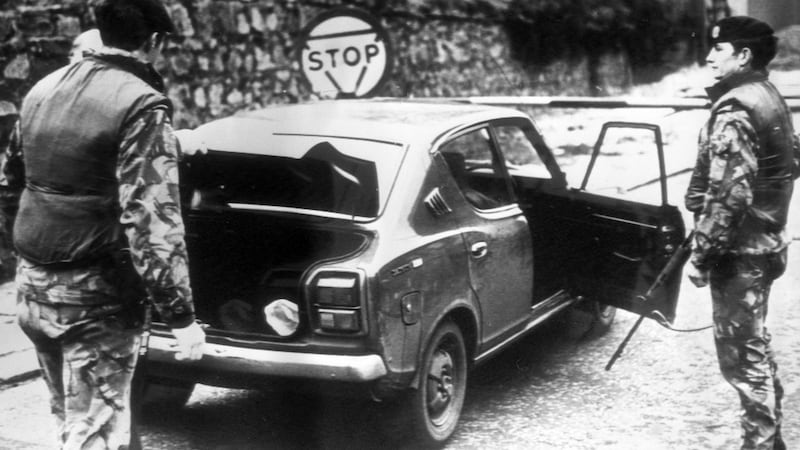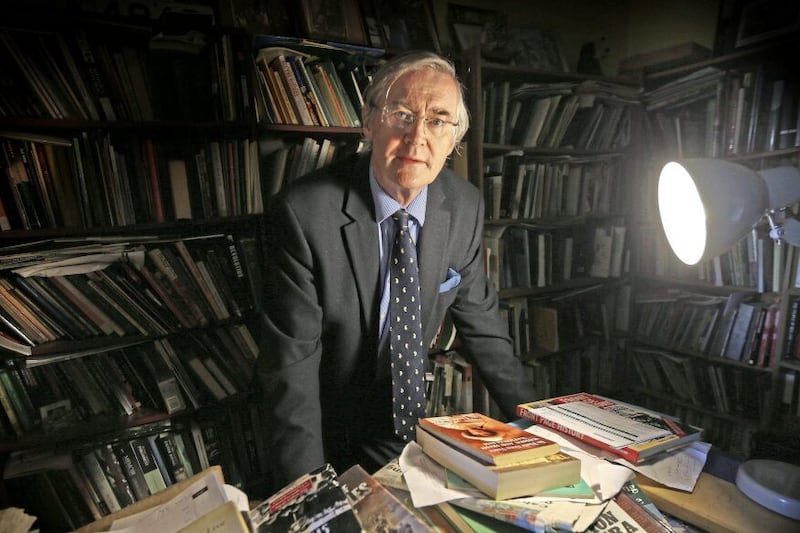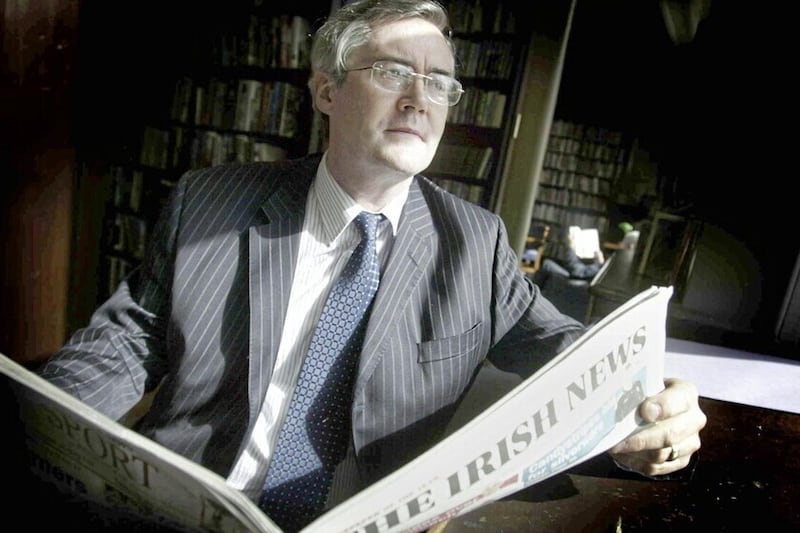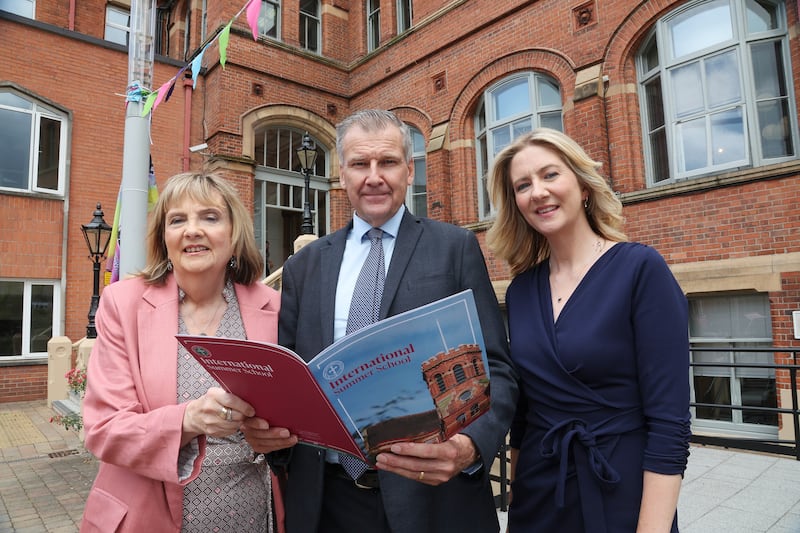HUNDREDS of violent deaths in Belfast in the 1920s are the subject of new documents from the Bureau of Military History. Here historian Éamon Phoenix provides his analysis.
::
A detailed list of the victims of sustained political and sectarian violence in Belfast surrounding partition and the establishment of the Northern Ireland state has been released.
The meticulous, handwritten list details the death toll in Belfast between the shipyard expulsions of July 1920 and outbreak of the Irish Civil War in July 1922.
It is among the documents released by the Bureau of Military History in Dublin from the War of Independence and Civil War periods in the early 1920s.
Some 450 people died violently in the city at that time. Of these some 58 per cent were from the Catholic minority population.
The high level of Catholic fatalities prompted the British Prime Minister David Lloyd George to tell Winston Churchill, the Secretary of State in charge of Irish Affairs, in June 1922: "Our Ulster case is not a good one".
Many of those killed on both sides were the random victims of sectarian snipers. The 32,000-strong Ulster Special Constabulary was very active, often shooting nationalist districts while the local IRA - overwhelming pro-Treaty and secretly supported by Michael Collins in 1922 - sought to de-stabilise the unionist state.
The list of victims in the files highlight the murder of the wealthy Catholic McMahon family in their Kinnaird Terrace home in March 1922 by a 'murder-gang' within the RIC led by District Inspector John W Nixon.
Two policemen had been shot dead earlier that day in the city centre by the IRA.
The male members of the family were lined up in the drawing room and told by the leader of the gang to "say their prayers". One family member, Michael, aged 14, managed to hide under a table and survived. Eyewitnesses confirmed that the assassins wore police uniforms.
Owen McMahon (57) was one of Belfast's wealthiest publicans and a director of Glentoran Football Club. While not political, he was a friend of the northern nationalist leader and MP, Joe Devlin. He was seen as a prestige target by Loyalist elements at that time.
The McMahon murders (of Owen McMahon, three of his sons and a barman, Edward McKinney from Co Donegal) gained international attention and moved Churchill to summon Collins and James Craig to London where they signed the second Craig-Collins Pact. The agreement saw Collins agree to an end to IRA activity in the north while Craig undertook to reform the Specials to enable Catholics to join.
There followed another brutal attack by a rogue police unit on ordinary Catholic civilians a week later - the Arnon Street Massacre in north Belfast, in which six Catholics, including a former World War One soldier and a child were murdered in their homes.
As well as defensive activity, the IRA also indulged in sectarian killing in this period, killing William Twaddell, a Unionist MP in Belfast city centre in May 1922 and a number of Protestant civilians.
The violence tapered to an end with the outbreak of the Civil War in June 1922.
